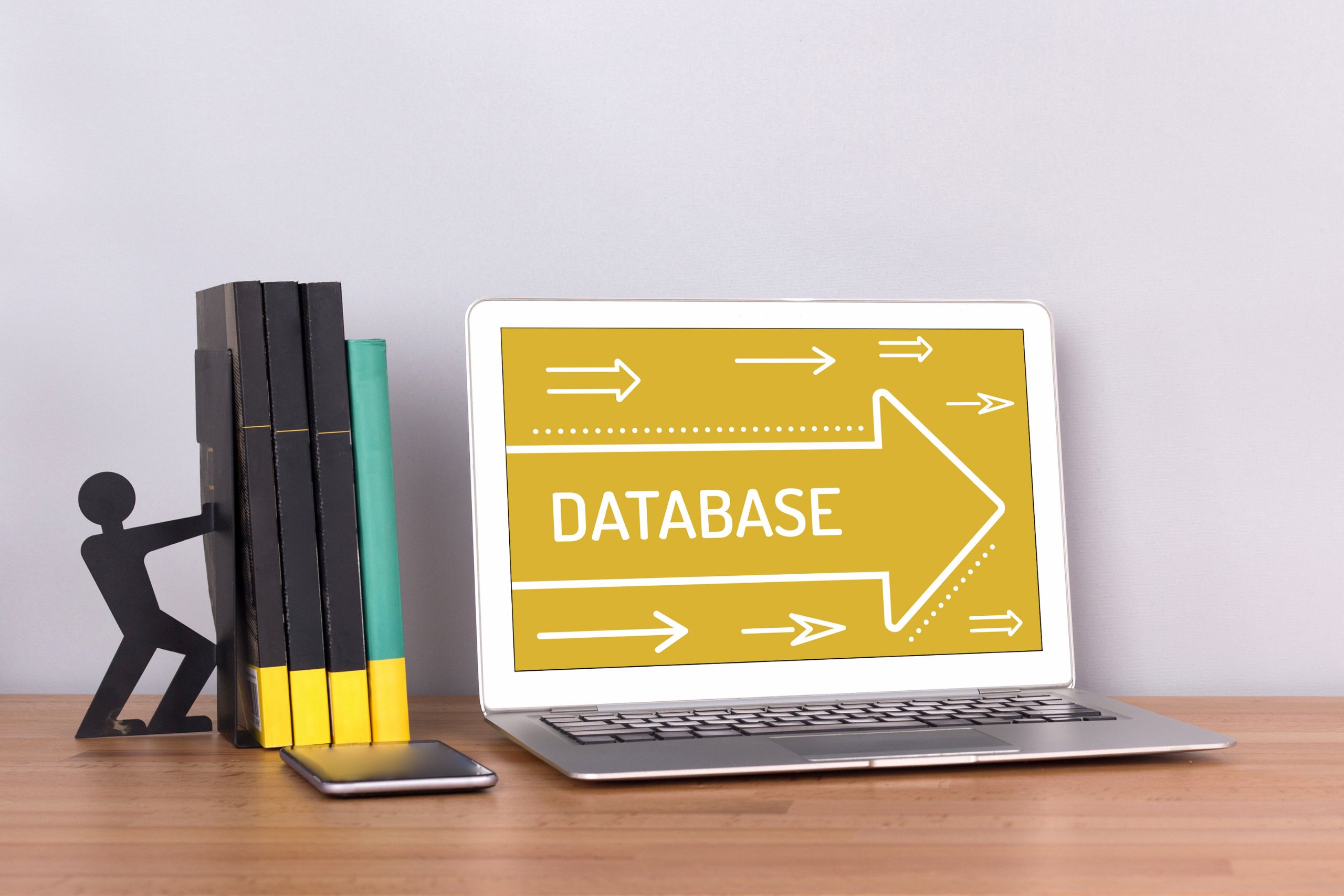Seamless Migration of a Large Database in WordPress: Best Practices and Tools
If you are a WordPress site owner, you have probably faced the task of database migration. Maybe you've moved to a new hosting, done a site refresh, or simply transferred data from one site to another. When migrating small databases, this can be a relatively easy task. But how does the question stand when it comes to a large database?
Before we get started with the tips and tools, it's important to note that any migration process should start with a backup of your database. This is an important step that protects you from potential data loss.
1. Choosing the right migration tool
There are numerous tools that can help you migrate your WordPress database. One of the most famous is WP Migrate DB Pro, which allows you to synchronize databases between different WordPress installations.
Another popular option is Duplicator, which allows you to clone and move your entire WordPress site, including the database.
2. Using WP-CLI
WP-CLI is a powerful tool for managing WordPress from the command line. With it you can export and import your database with commands like wp db export and wp db import.
3. Breaking the database into smaller parts
If your database is particularly large, it can be useful to break it into smaller parts. This can be done using tools like BigDump, which allows you to import large sql files by splitting them into smaller segments.
4. Change URLs
When you migrate your database, you often need to change site URLs. This can be done using Search Replace DB which will automatically change the URLs in the database.
5. Post-migration testing
After you've done the database migration, it's important to do thorough site testing. This includes checking all links, forms, and site features.
Conclusion
Migrating a large WordPress database can be a complex process, but with the right tools and approach, it can be done seamlessly. It is important to prepare properly, choose the right tools, and do thorough testing after the migration.







